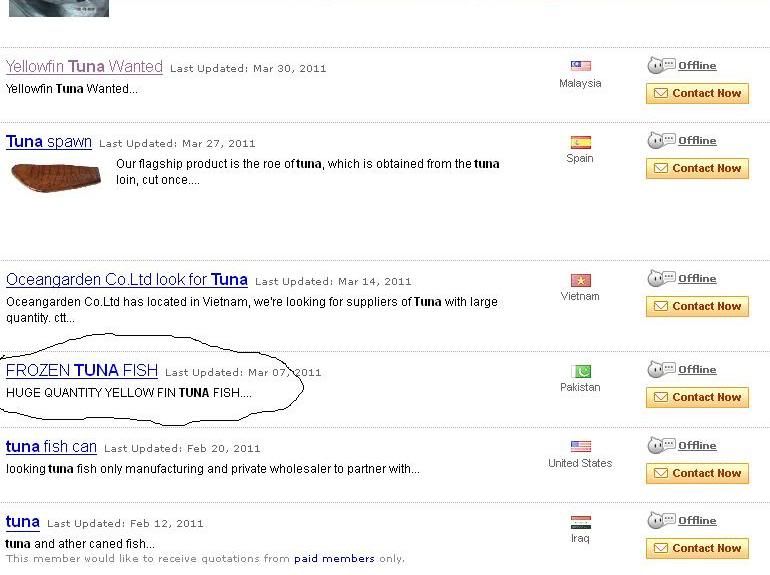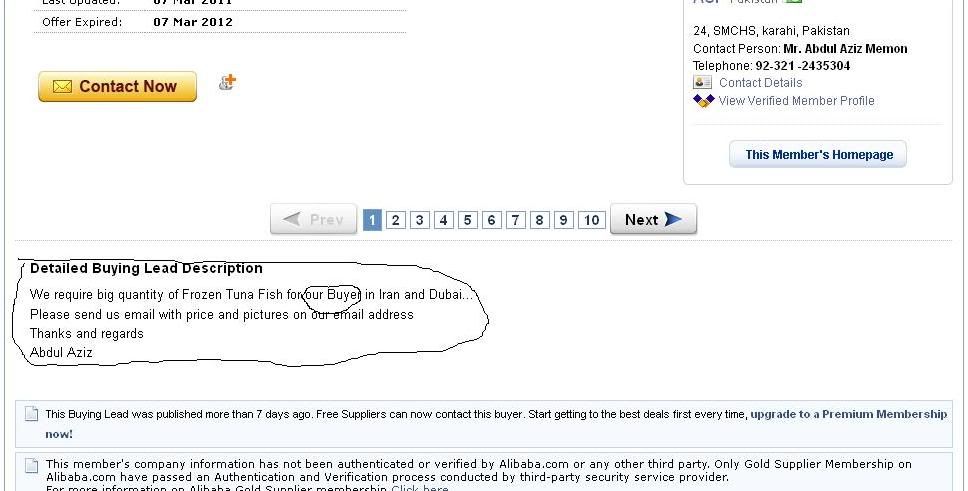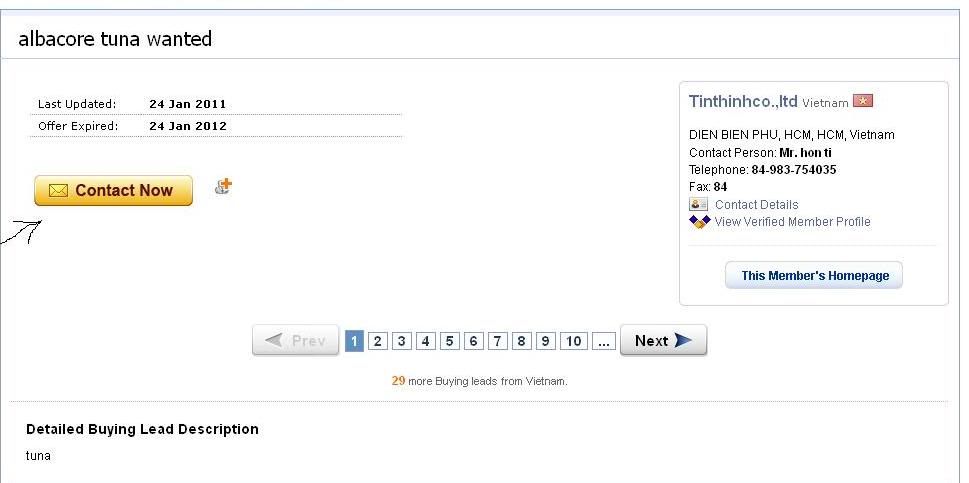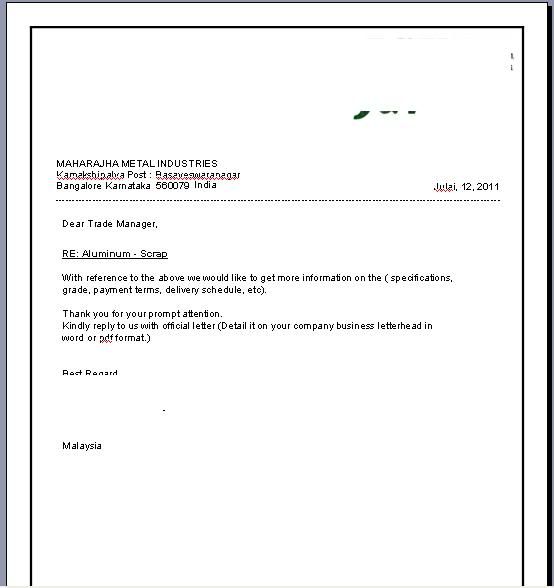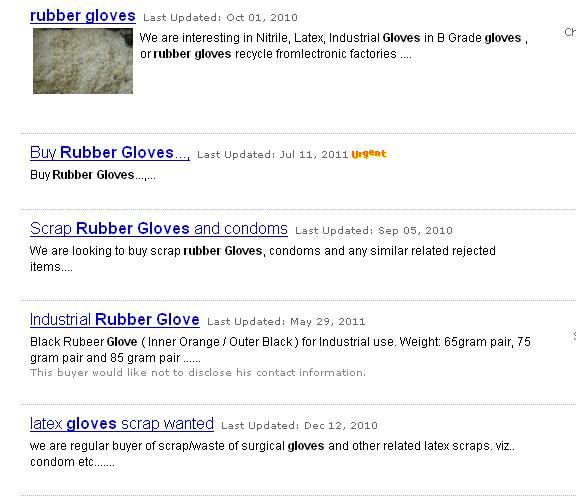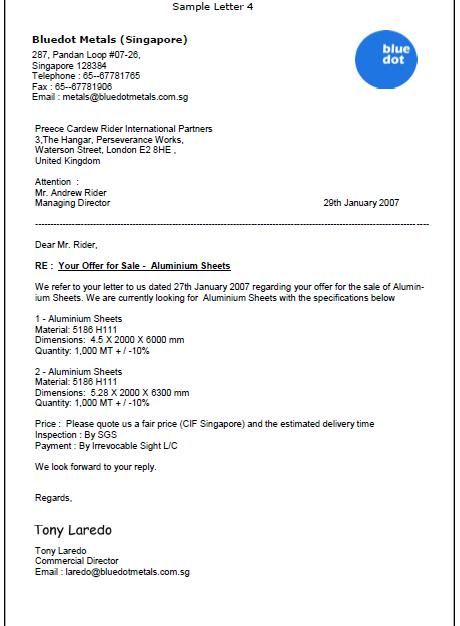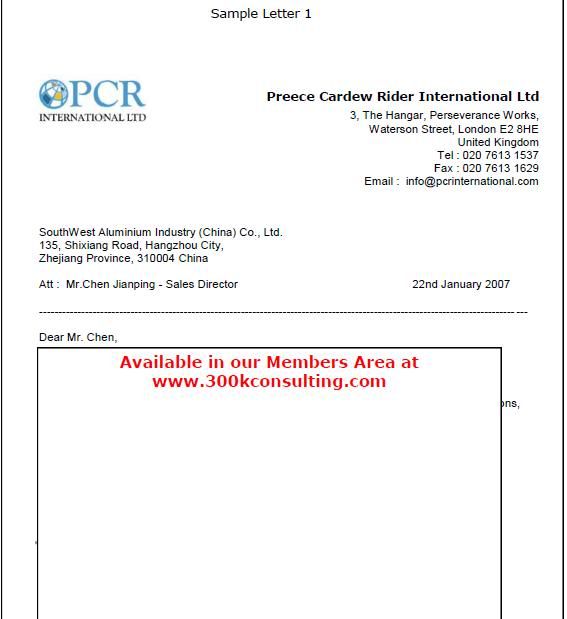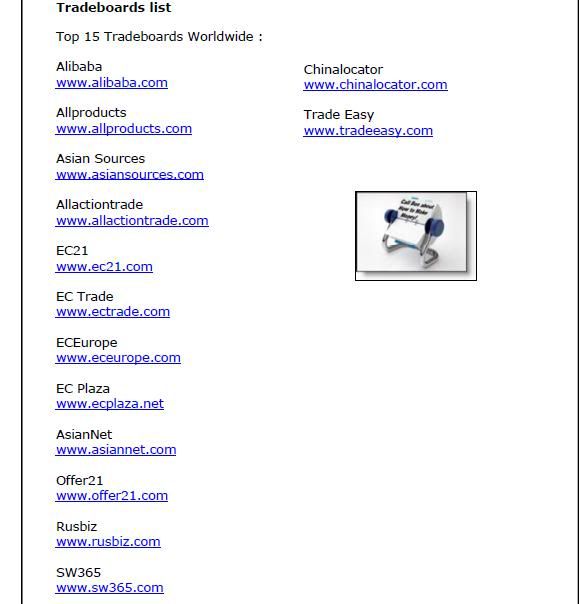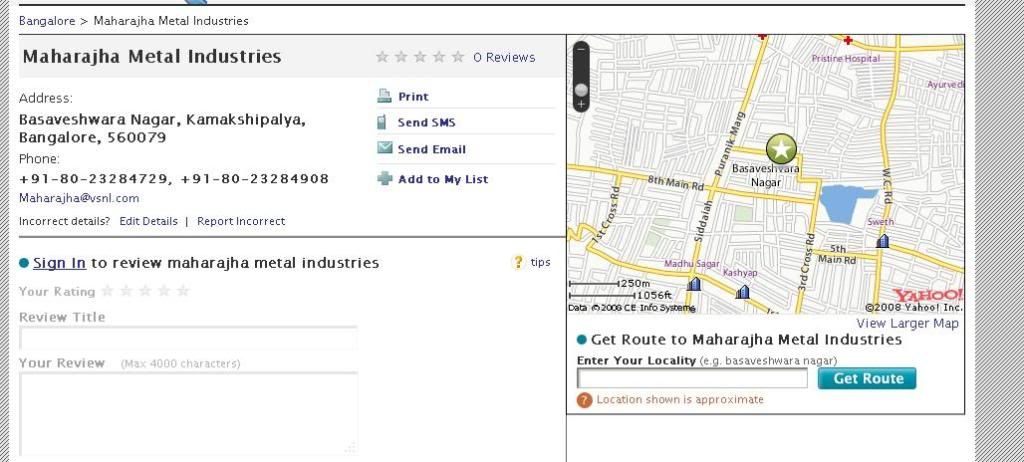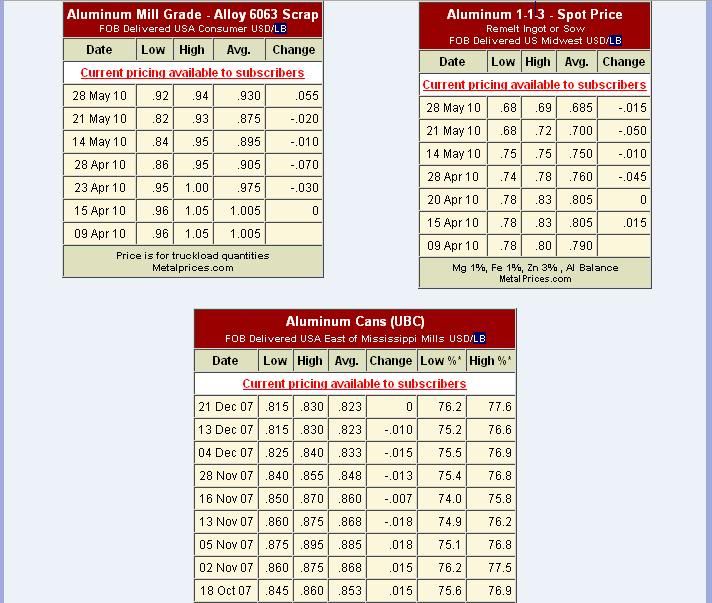If you’ve been taking action on the previous importing articles, you already know that Alibaba is the world’s biggest B2B marketplace. In fact, it may be a little too big…
There are millions of suppliers listing millions of products on Alibaba. Finding suppliers is easy, the hard part is selecting the right one.
The most dangerous obstacle in your path to the perfect supplier are the ocean of scammers and middle-men.
Luckily, it’s not too difficult to avoid these low lives.
Below, you’ll find a step-by-step guide on avoiding scams, middle-men, and fraud on Alibaba.
Step 1 – Review the Company Profile
The Company Profile consists of information both verified and unverified by Alibaba.com. For an untrained eye, this short list of information might seem to be completely irrelevant to the purpose of the visit, which is to find the right products. However, you can get a good idea about whether this company is worthy to include in your sourcing process by analyzing the points listed below:
Company name
(Note - Applies to companies registered in Mainland China only)
- City: Small and medium-sized companies have the city they are located in as part of their company name. For example, “Ningbo Everbright Trading Co., Limited”.
- Province: Larger companies can be named after the province where they are located. For example “Zhejiang Everbright Trading Co., Limited”.
Business Type
- Manufacturer: This indicates that the supplier is only selling products it manufactures. A manufacturer is limited by its production line, set-up and tooling. For this reason, manufacturers tend to be highly specialized in their field of products.
- Trading Company: Some Trading Companies are independent while others own, or are owned by, a manufacturing company. While everybody wants to cut out the middleman, one has to keep in mind that many factories in Asia have neither the knowledge nor resources for exporting their produce. This function can then be filled by a Trading Company. On the other hand, some Trading Companies offer no added value and will only raise your costs.
- Manufacturer & Trading Company: Many factories have expanded their operation by not only selling and marketing products made in their own facilities, but also by trading similar products manufactured by other factories. While this Business Type indicates that the company is indeed a manufacturer, you cannot be sure whether they are manufacturing or subcontracting your products. So it’s tough to be sure if this supplier is a good choice or not.
Management Certification
Quality issues is a serious risk when importing from China. In fact, you’re more likely to lose money due to quality issues then getting scammed. Quality issues can never be completely eliminated, but they can be minimized if the supplier applies a Quality Management System (QMS) such as ISO9001.
- Even multinationals such as Boeing and Toyota have quality issues. A “good manufacturer” is not a manufacturer that is completely free of quality issues, but one that is continuously monitoring quality during production. You know it’s time to walk away from a Chinese supplier when they claim to be completely free of defective and damaged products.
- When a defective product is discovered, the supplier should have a routine for how it should be managed. Some suppliers remake, others repair. The most important thing is not how they deal with defective products, but that their employees know exactly what do to when something goes wrong.
- ISO compliance require more than having a quick check up before the products are packed and shipped. The supplier is required to inspect incoming raw materials and components before production, set up inspection stations during productions and do final inspections after production.
- Some products require stricter quality assurance than others. These products have a low error tolerance and a mistake at one production stage can ruin a whole order. If you are importing “complex products” such as electronics or mechanical equipment, a Management Certification should be a basic supplier requirement.
Registered Address
- City, Province: Many cities in China are highly specialized in one or more industries. If you are sourcing consumer electronics for example, you will discover that Shenzhen, Guangdong, is very dominant. A manufacturer is dependent on the surrounding support industries such as logistics, component suppliers, raw material suppliers and labor. For this reason, a supplier that is based in an industrial cluster is likely to be more competitive than a supplier that is not.
Legal Representative
Registered capital
- Indication of company size: Companies with less than RMB 500.000 [around US$ 80,000] should be avoided if possible. This is the strongest indicator of the supplier’s scale of operations. The more capital they have, the more likely they are to care about their reputation. Also keep in mind that even the most reliable supplier cannot compensate you for defective or damaged products if they don’t have the resources (money) to do so.
- Foreign Currency Capital: Indicates that the company have foreign investors, which usually is a mark of quality. The currency invested can also give a hint about where the investor comes from;
- Hong Kong Dollar (HKD) indicates that the investors are from Hong Kong. These guys has been exposed to international trade since the place was founded by the Brits back in the 19th century.
- United States Dollars (USD) indicates that the foreign investors are… well, foreign. European, Asian and Latin American investors also tend to stick to the dollar for their investments in Chinese companies.
- Taiwan New Dollar (TWD)
Step 2 – Review Other Company Certifications
First, why this is important…
Some products need to be compliant with a predetermined national and/or market standard. Different standards apply to different products, and it’s always the buyer’s responsibility to ensure that the imported products are compliant. Most products won’t require this; but if you’re thinking about buying a product in bulk, you might want to research and make sure.
The “Other Certification” link can be found under “Company Certification”.
Certification compliance is not mandatory for Alibaba suppliers, so don’t be surprised if many suppliers don’t have any “Other Certification” page at all.
Key Facts
- Compliance requires more than testing; products need to be produced with specific materials and components. If you don’t clearly specify that your products must comply with a certain standard before you place the order, the products will not be compliant.
- Far from all suppliers in Asia have the knowledge about which and where certain product standards apply, even less have the capability to actually manufacture products that comply with European and/or North American product standards.
- Many suppliers seldom update their Company Profiles. If you have a hard time to find suppliers with the right certification listed in the “Other Certification” page, then send out a message and ask them directly whether or not they can comply with the required certification standard. It’s quite common that suppliers can offer more than what’s shown in their Alibaba profile.
- An easy way to find compliant products is to type in the Product name and the certification standard in the Alibaba product search. [E.G. Mp4 player + CE]
Action List
- Research which product standard is required for your product in your country and/or market.
- Review the “Other Certification” page.
- Are any of the product standards listed?
- If not, review the product description and the company introduction. Some suppliers that have test reports available are not uploading them to the “Other Certification Page”.
Step 3 – Review Supplier’s Product Selection/Niche
There has been a lot of focus on paperwork in this article, but what you’re looking for is products.
An Alibaba suppliers product catalog can give you a lot of information, and it’s the most important factor when selecting a supplier. The golden rule is to find a supplier that is specialized in manufacturing or trading a certain product. Product specialization comes with a number of benefits that will have a large impact on your business.
Checklist
Is your product mentioned in the supplier’s company name?
This is a strong indication that the company was registered for the sole purpose of manufacturing the product you are sourcing. [E.G. Shenzhen Golden Watch Factory Co., Ltd].
Is your product making up the majority of the supplier’s product catalog on Alibaba.com?
It’s a strong indication that the supplier is highly specialized in manufacturing and/or trading the products you are searching. A supplier that is highly specialized in a certain product is more likely to be better at managing the quality standard and offer more customization options. It can also affect the pricing since they buy large volumes of materials, components and tooling that is used only for the manufacturing of your product.
You’ll also want to grow with your supplier and a supplier with only a limited product selection will prevent this from happening.
Is the supplier listing products that are completely different from the type you’re looking for? [e.g. Wrist Watches and iPhone cases]
The factories of the real world are not like Santa’s Workshop where anything imaginable is manufactured. You can’t use the same workforce or tooling for the manufacturing of both 3D Printers and Polyester Ties. This matters because you should not deal with a disorganized and opportunistic supplier selling a little bit of this and a little bit of that.
An “opportunistic” supplier is also more likely to discontinue products than a professional manufacturer. The result could be disastrous since you’re left without products to sell to your customers. This is especially dangerous if you’re selling products to retailers where reputation and reliability is everything.
How to use the Alibaba supplier search to identify specialized suppliers
Last year Alibaba.com introduced the suppliers search, a useful feature for finding highly specialized and professional manufacturers. In the beginning, all it did was presenting a list of suppliers with the product in the company name. Now, it also searches the suppliers product catalog and shows the number of matching products each supplier have!
- Go to Alibaba.com
- Change the search box from “Products” to Suppliers
- Enter the product name and search
- Now you will get a long list of all suppliers selling the product you just searched for. This can save time when sourcing suppliers since you can skip the manual review of the product catalog.
Case Study
Guangzhou Guanghao Watch Co., Ltd is manufacturing and exporting LED watches. That’s in fact the only thing they do since they have listed 900 different models. When you work with this company, you can be sure about the following:
- All this supplier will ever care about is wristwatches, and certainly LED watches. They will develop new models and your company can grow your product selection together with Guangzhou Guanghao.
- 900 different models equals hundreds of thousands of different components. This supplier certainly know how these things work, and more importantly – what doesn’t work. Perhaps not today, but in the future you might want to create your own product its own unique design and features.
You’ll always be limited by the components and product knowledge a supplier can provide you with. If you would choose Xiamen Well Imp & Exp Co., Ltd**as your supplier, you will be very limited. They offer a staggering amount of 6 different LED watches to choose from. Then how can they be competitive? Why do they even bother to add a few watches on Alibaba when articles like this one clearly states that importers should stay away from these suppliers? Because few importers bother to read articles like this, thousands of importers fall for the trick of low prices and positive answers to every question. Don’t be one of these guys that think they’ve are smarter than everybody else – until they realize they just got what they paid for.
* We have no relation with Guangzhou Guanghao Watch Co., Ltd and they are mentioned for reference only. They do however have a nice selection of LED watches.
** We have no relation with Xiamen Well Imp & Exp Co., Ltd and they are mentioned for reference only. They are probably a great supplier, but maybe not for LED watches.
http://www.startupbros.com/how-to-avoid-scams-middle-men-and-fraud-on-alibaba/
http://www.startupbros.com/how-to-avoid-scams-middle-men-and-fraud-on-alibaba/





 We learn about people, approaches, tactics, buying triggers, etc so
that things move in our direction and to our advantage. This is why GPC
consultants make more money than agents or brokers. But you need to read
a lot to learn these things. Those who don't like to read can never do
GPC, as simple as that
We learn about people, approaches, tactics, buying triggers, etc so
that things move in our direction and to our advantage. This is why GPC
consultants make more money than agents or brokers. But you need to read
a lot to learn these things. Those who don't like to read can never do
GPC, as simple as that

